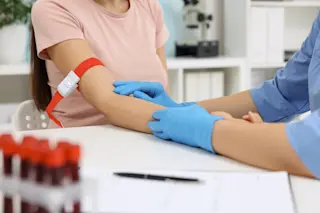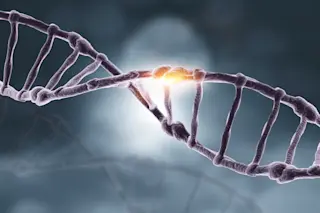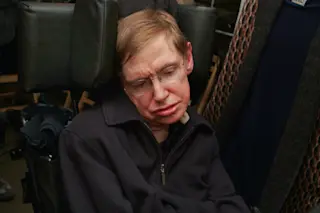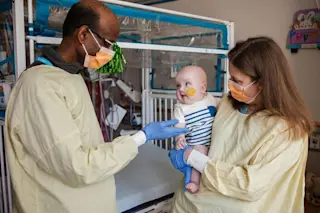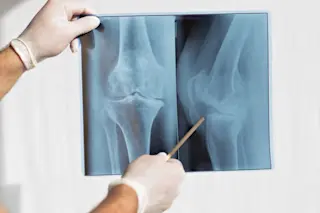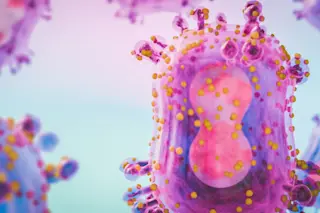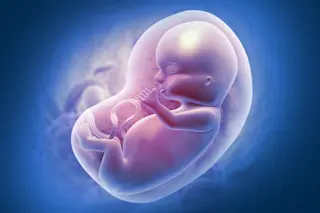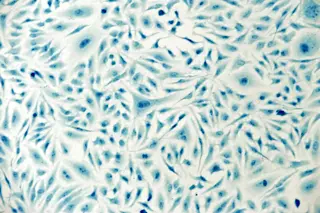In January, we discussed a biotech first--a transformation from skin cell to brain cell, without reverting to a more mutable stem cell in between. Today a paper in the journal Cell describes a similar direct transformation in mice, from a type of structural cell called a fibroblast to heart cells. If one day scientists can entice human cells to make a similar "direct conversion," the researchers believe this metamorphosis may prove one way to fix heart damage that's irreparable under the current state of medicine. The study's authors at the Gladstone Institute of Cardiovascular Disease at the University of California, San Francisco, once attempted to use stem cells for heart repair with little success, Nature Newsreports. Though the stem cells quickly turned into the beating variety, called cardiomyocytes, they remained feeble, never transforming into the strongly beating muscle cells of a healthy heart.
"I don't know that this [direct conversion] ...


